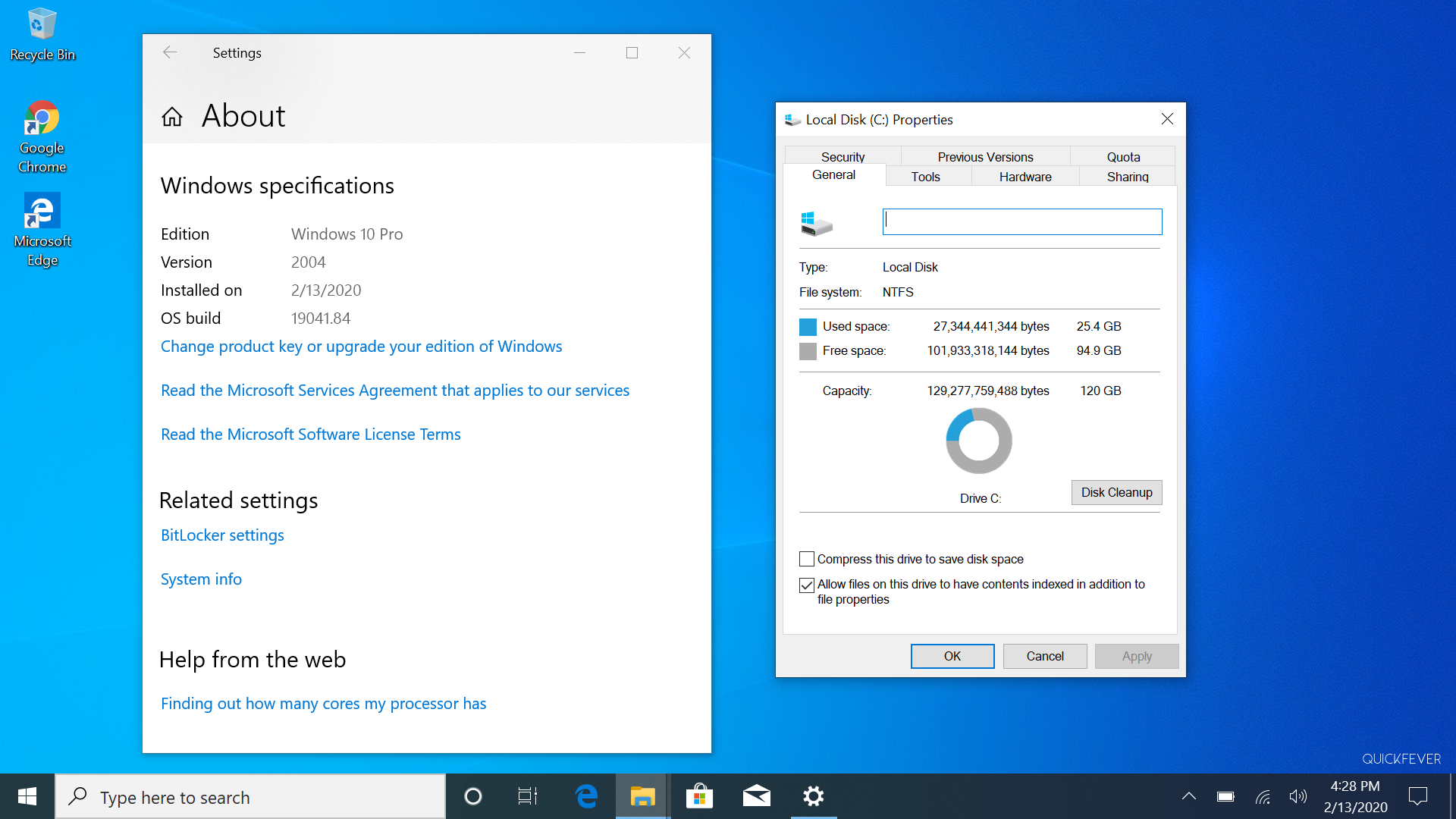

Note : Other laptop models may have different driver names, classification categories, etc. Save these to a USB Flash Drive (it can be your Windows 10 Setup USB Flash Drive, in a sub-directory). Video: Get nVidia 960M drivers directly from nVidia, through the GeForce Experience ( link).SATA: Intel Rapid Storage Technology (save this for later).Modem / Communications: Driver for your card.Go to to download the drivers for your system. This will automatically download Windows 10 64-bit for you, and create a bootable USB flash drive ( link)Ģ. Go on Microsoft's site to download the Windows 10 Media Creation Tool. USB 3.0 drives make this process a lot faster. You'll need at least one 16GB (or larger) USB Flash Drive. The only thing that might change is Step 2, where the exact classification / list of drivers may be different. However, this guide should also apply to other Dell XPS 13 / 15 models, released after the late-2015 Intel Skylake CPU refreshes. That particular laptop was a Dell (late-2015 model). This guide was written to help a forum member do a clean install of Windows 10, after upgrading to an M.2 NVMe SSD. Re-Installing Windows 10, after an M.2 SSD Upgrade


 0 kommentar(er)
0 kommentar(er)
